The important role of competition in successful ecosystems
By Marcus Holgersson

The innovation ecosystem concept has flourished during the last decade. Go to any conference with a business theme and you will hear presenters discuss their firms’ ecosystems, and how their businesses are part of these larger communities which jointly create value for customers. But what does the innovation ecosystem concept actually mean, and what are the critical components that need to be considered when building or surviving in an innovation ecosystem?
In a recent article that I wrote together with Prof. Ove Granstrand we review the academic literature and its definitions of innovation ecosystems. We find that there is an unbalanced focus on collaboration between actors and on complementarities between products and/or services, while the role of competition and substitution between actors and artifacts (such as products) is often left aside. This, we argue, is a critical flaw in the current discussion on innovation ecosystems. Let’s look at some examples to illustrate our point.
Apple is one of the most successful ecosystem builders of all time. Its ecosystem has successfully combined collaboration and complementarities, creating a superior and seamless customer experience while simultaneously introducing competition between application providers and their apps to ensure innovation and price pressure among complements. Apple struck the right balance between competition and collaboration in different parts of its ecosystem, and it did it at the right time.
There are much older examples as well. Remember those old video cassette recorders (VCRs)? The introduction of VCRs is by now a classic case, and it shows that both collaboration and competition is needed for the success of an ecosystem. JVC’s VHS standard, which eventually became dominant, was neither first nor technically superior when it was introduced. Instead, Sony was the first mover with its Betamax standard. So how could VHS outcompete Betamax? Part of the explanation lies in the fact that JVC allowed other firms to relatively cheaply use its standard. While this move meant that JVC had to compete against its own technology, it also led to a growing flora of complementary hardware and content and to healthy competition between the ecosystem members. In other words, JVC allowed competition for its ecosystem to be competitive.
We can even trace the concept back to its roots in biology and ecology to illustrate the importance of competition. In nature, competition is just as important as collaboration for the health of ecosystems. For example, when wolves were extirpated from Yellowstone National Park in the 1920s, other species such as elk grew rapidly, in turn leading to overgrazing and a negative spiral in the overall health of the ecosystem. The wolves’ competitive role was crucial for the ecosystem’s wellbeing, and since 1995 the wolves are reintroduced in the park. So if you are trying to build an innovation ecosystem, or if you are aiming at entering one, don’t forget to consider the competition within the ecosystem in order to succeed.
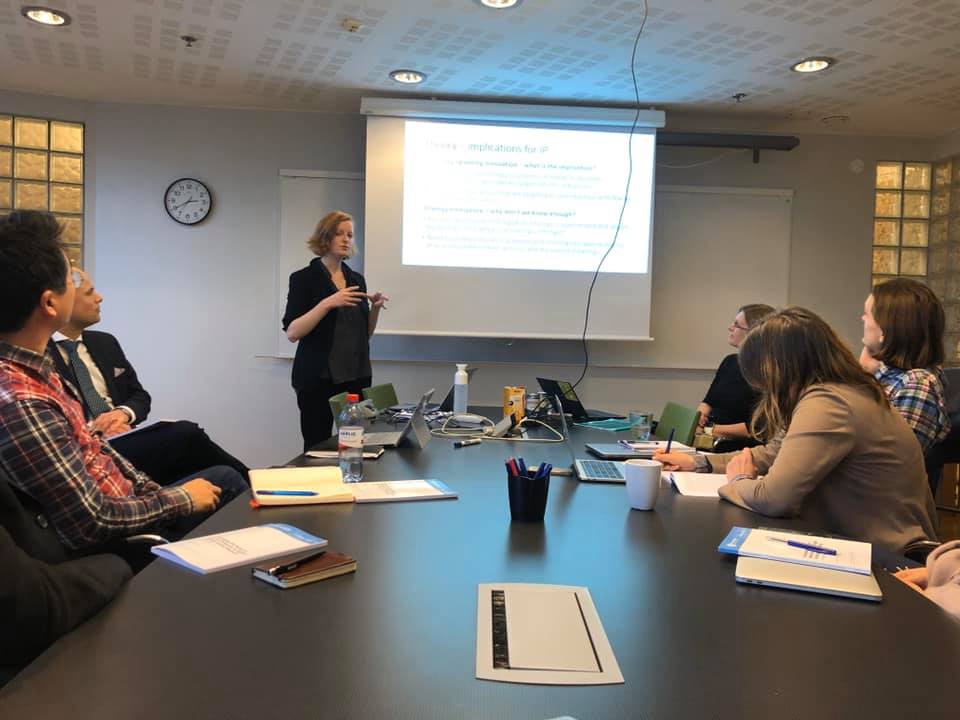
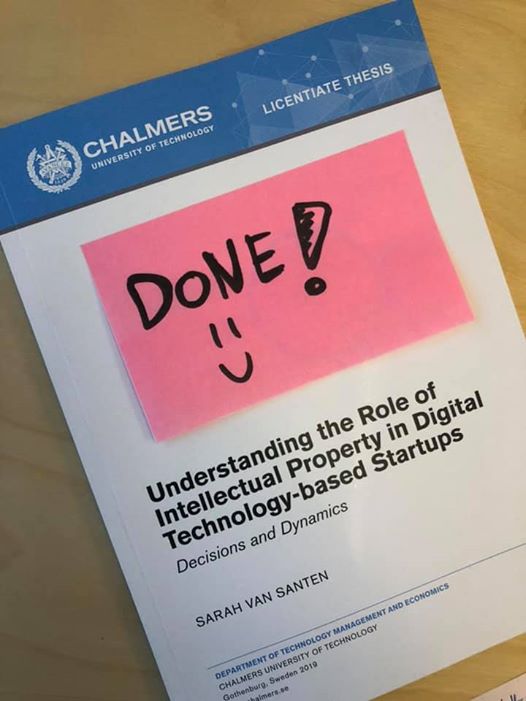
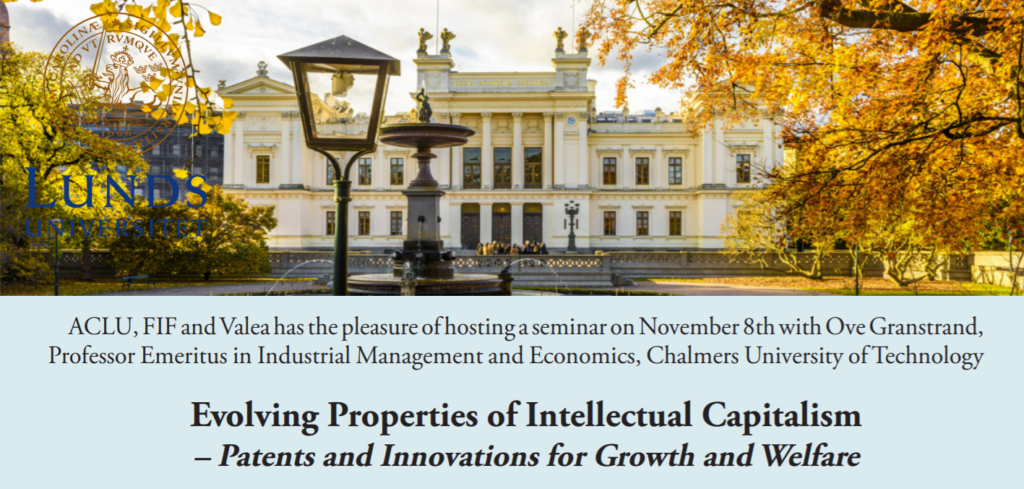
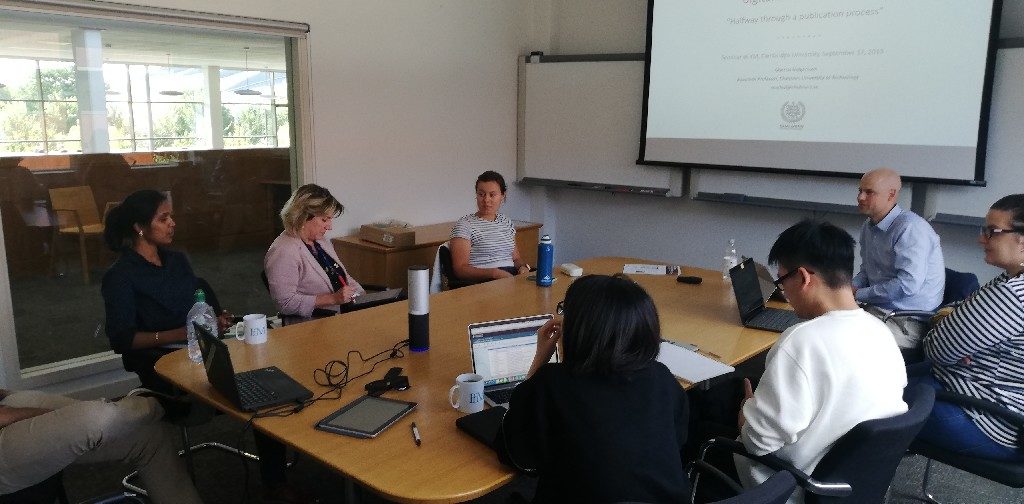
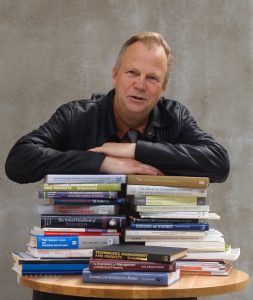 One of the very first comprehensive empirical studies of IP strategies in large corporations is now available
One of the very first comprehensive empirical studies of IP strategies in large corporations is now available